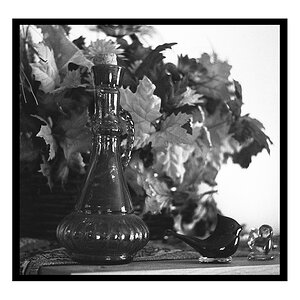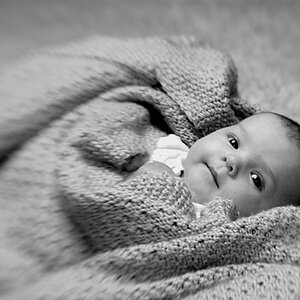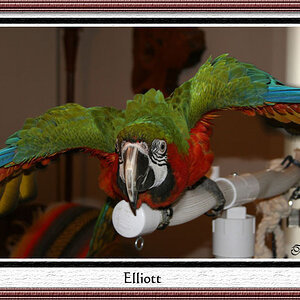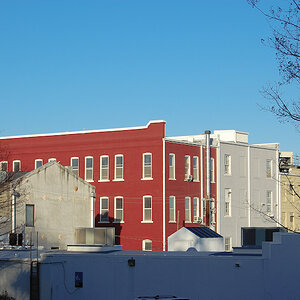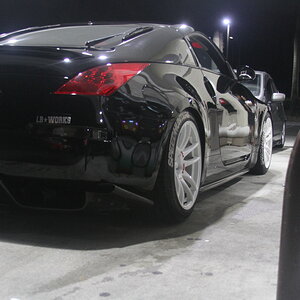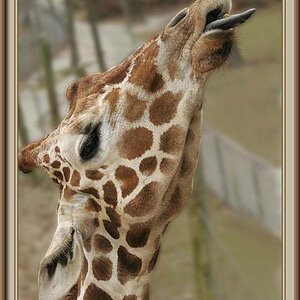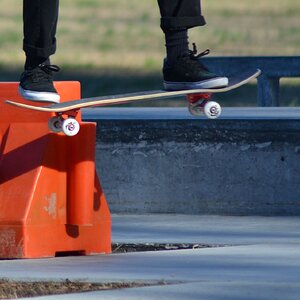hazzayoungn
TPF Noob!
- Joined
- Dec 20, 2006
- Messages
- 110
- Reaction score
- 0
- Location
- Seattle
- Can others edit my Photos
- Photos OK to edit
mostly, how did ansel adams get that deep contrast ilke in this one?
http://www.anseladams.com/index.asp?PageAction=VIEWPROD&ProdID=195
i was thinking a red filter, but im scared itll make the sky too dark
edit: also, im not too familiar with metering in black and white with filters. should i meter it like normal? or compensate a few stops up/down?
http://www.anseladams.com/index.asp?PageAction=VIEWPROD&ProdID=195
i was thinking a red filter, but im scared itll make the sky too dark
edit: also, im not too familiar with metering in black and white with filters. should i meter it like normal? or compensate a few stops up/down?




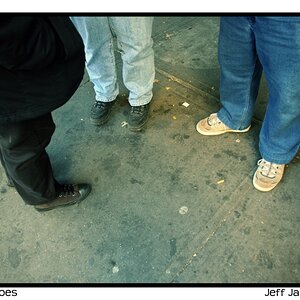
![[No title]](/data/xfmg/thumbnail/42/42257-4c4b35d60337b1b4ec661332486a33be.jpg?1619740066)
